La historia del té chino empieza con Shennong, un personaje mítico que se dice que es el padre de la agricultura china y medicina tradicional china.
Cuenta la leyenda que Shennong descubrió accidentalmente el té cuando estaba hirviendo agua para beber mientras estaba sentado debajo de un Camellia sinensis árbol.
Algunas hojas del árbol cayeron al agua, infundiéndole un aroma refrescante.
Shennong tomó un sorbo, lo encontró agradable y así nació el té.
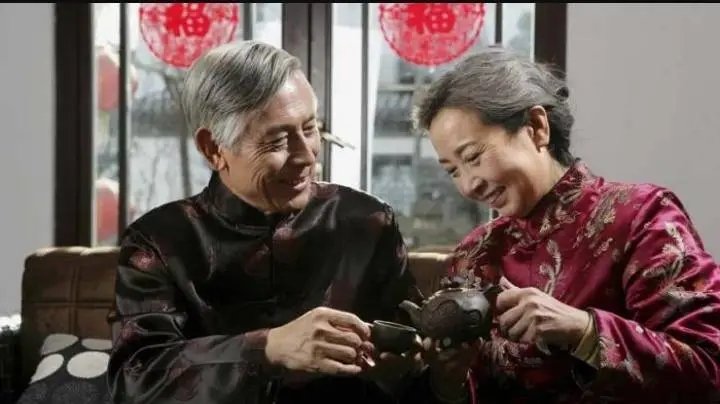
La cultura china del té se refiere a cómo se prepara el té, así como las ocasiones en que la gente consume té en China.
La cultura del té en China difiere de la de los países europeos, como Gran Bretaña, y otros países asiáticos, como Japón, en la preparación, sabor y ocasión cuando se consume.
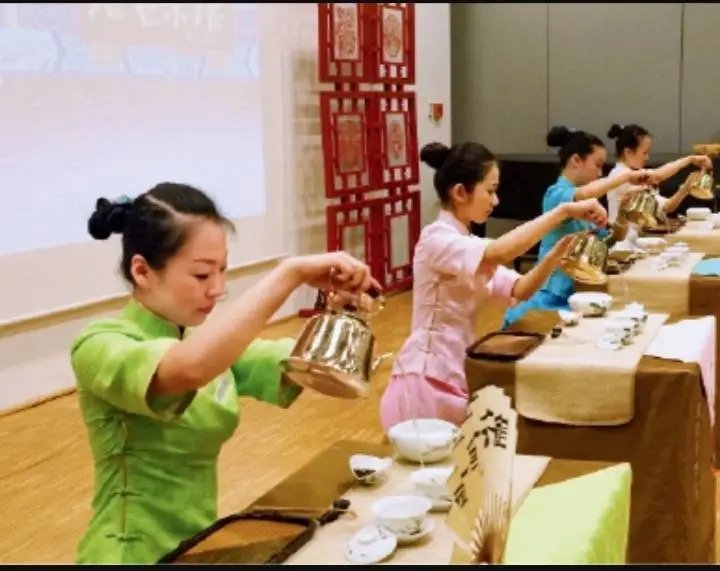
Esta fecha busca resaltar la contribución del té a objetivos cruciales de desarrollo sostenible, incluyendo la reducción de la pobreza, la lucha
contra el hambre y el empoderamiento de las mujeres.
El té todavía se consume regularmente, tanto en ocasiones informales como formales.
Ir a restaurantes y beber té se convierte en una actividad importante para restablecer los lazos en las reuniones familiares.
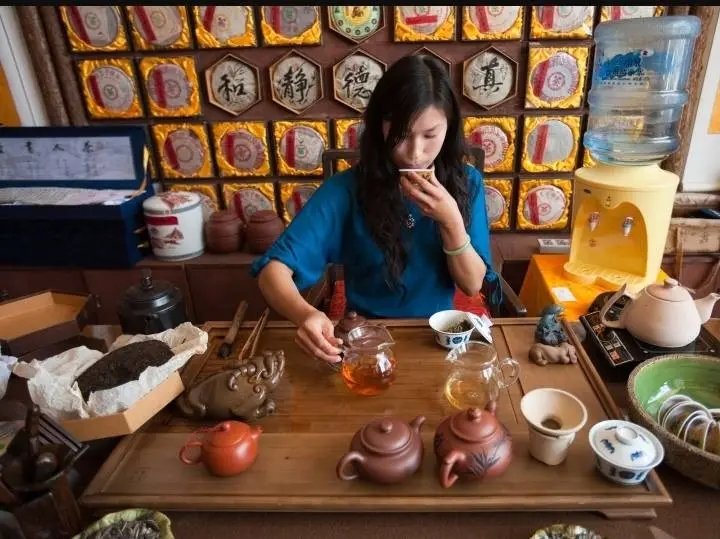
China es sinónimo de té y té de China.
De hecho, la historia del té en China es casi tan larga como la historia de China misma.
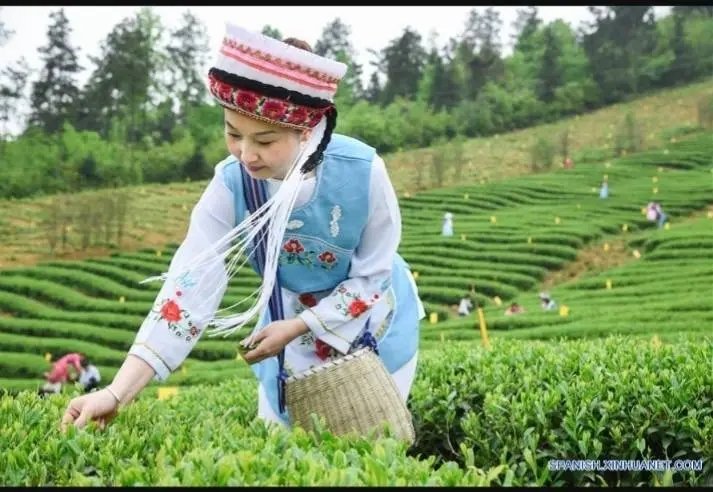
Además de ser una bebida popular, se utiliza en la medicina tradicional china, así como en la cocina china.
A pesar del reciente auge del café, la cultura china del té sigue gozando de gran popularidad.
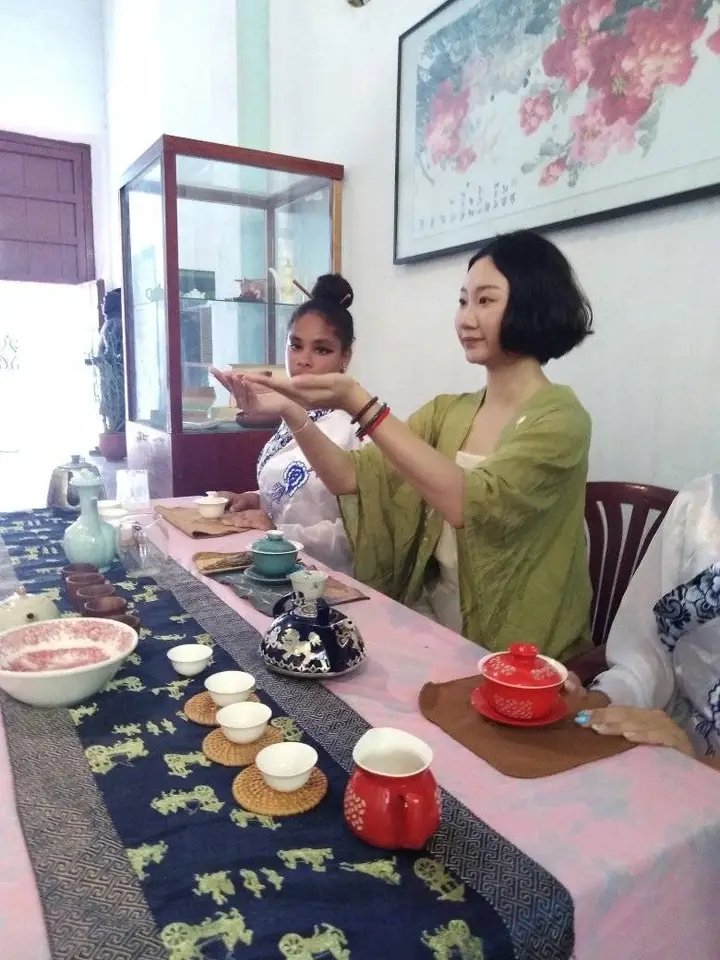
ENGLISH
The history of Chinese tea begins with Shennong, a mythical character who is said to be the father of Chinese agriculture and traditional Chinese medicine.
Legend has it that Shennong accidentally discovered tea when he was boiling water for drinking while sitting under a Camellia sinensis tree.
Some leaves from the tree fell into the water, infusing it with a refreshing aroma.
Shennong took a sip, found it pleasant, and tea was born.

Chinese tea culture refers to how tea is prepared, as well as the occasions when people consume tea in China.
Tea culture in China differs from that of European countries, such as Britain, and other Asian countries, such as Japan, in the preparation, taste and occasion when it is consumed.

This date seeks to highlight the contribution of tea to crucial sustainable development goals, including poverty reduction, the fight against hunger and the empowerment of women.
hunger and women's empowerment.
Tea is still consumed regularly, both on informal and formal occasions.
Going to restaurants and drinking tea becomes an important activity to restore bonds at family gatherings.

China is synonymous with tea and tea from China.
In fact, the history of tea in China is almost as long as the history of China itself.

In addition to being a popular beverage, it is used in traditional Chinese medicine, as well as in Chinese cuisine.
Despite the recent coffee boom, Chinese tea culture continues to enjoy great popularity.
